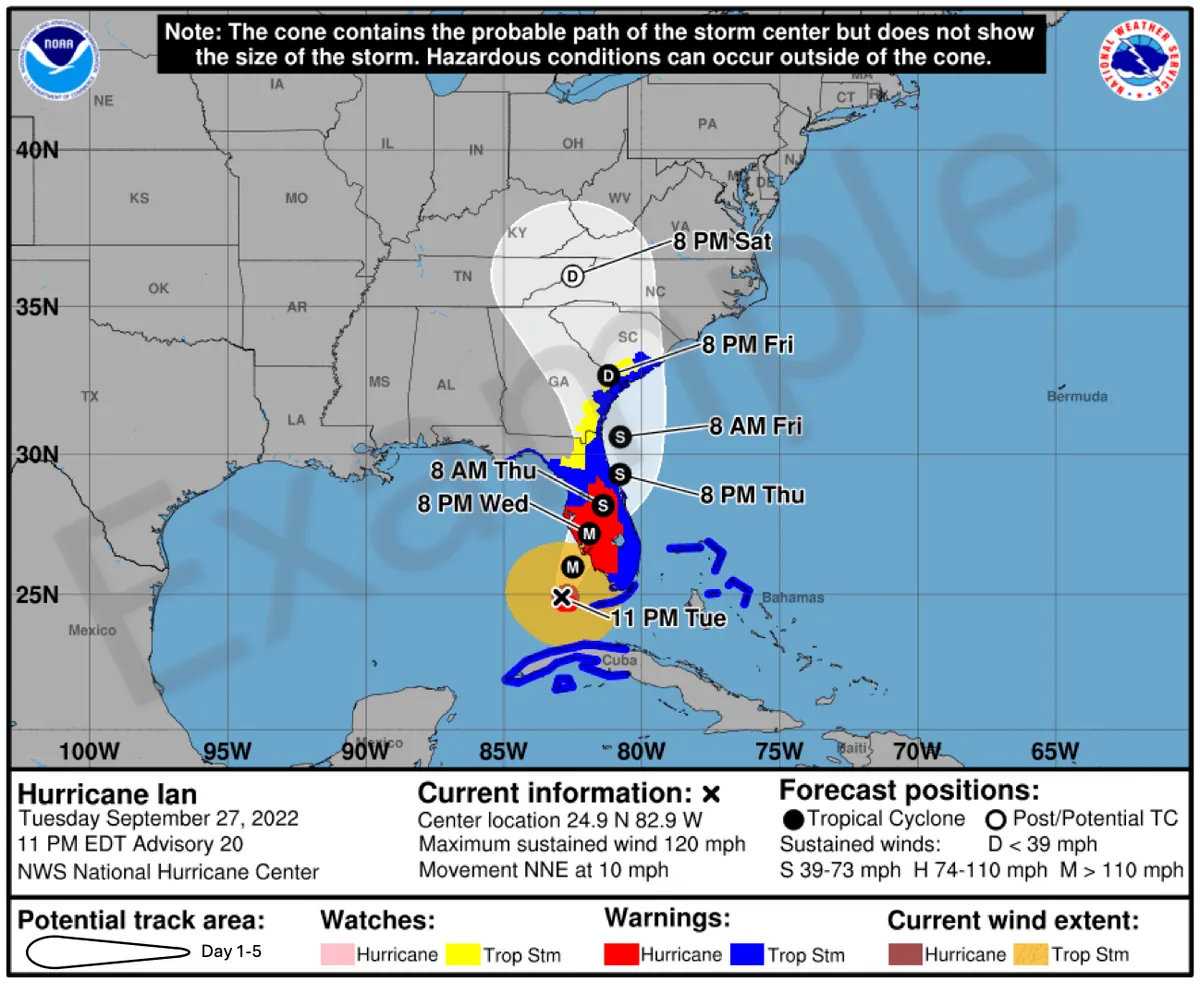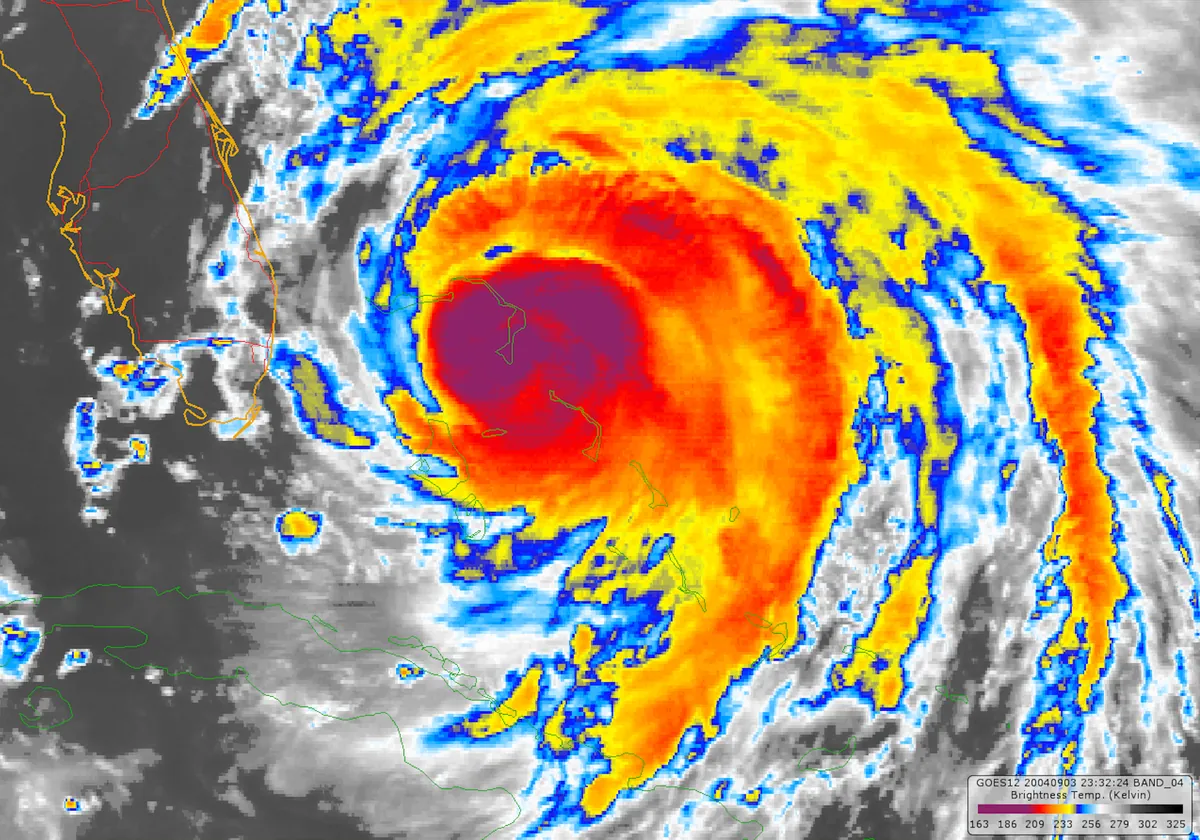NHC Debunks Claims of Imminent Powerful Hurricane in Southeastern U.S.
National Hurricane Center refutes social media rumors of a strong hurricane hitting the U.S. before October 10. Official sources confirm no immediate threat, emphasizing the importance of verified weather information.

The National Hurricane Center (NHC) has dispelled rumors circulating on social media about an imminent powerful hurricane threatening the southeastern United States. This clarification comes in the wake of Hurricane Helene, which made landfall in Florida on September 26, 2024, and has already claimed over 200 lives, making it one of the deadliest storms to hit the U.S. since Hurricane Katrina in 2005.
Social media posts dated between September 29 and October 1, 2024, have been spreading false information about an "even more powerful hurricane" expected to hit states such as Florida, Alabama, and North Carolina. These posts have caused unnecessary panic, urging people to stock up on emergency supplies and even purchase boats and rafts in anticipation of severe flooding.
The NHC, a component of the National Centers for Environmental Prediction (NCEP), has categorically stated that there is no possibility of a strong hurricane making landfall in the U.S. before October 10, 2024. This official forecast contradicts the unfounded claims circulating online.
"There is the potential for a broad area of low pressure to develop over the Gulf of Mexico late this weekend or early next week. Regardless of development, locally heavy rains could occur over portions of Mexico during the next few days and over portions of the Florida Peninsula next week."
It's crucial to understand that the Atlantic hurricane season officially runs from June 1 to November 30, and while the possibility of storm formation always exists during this period, official forecasts from the NHC remain the most reliable source of information. The center utilizes advanced technologies, including Doppler radar and a fleet of satellites operated by the National Oceanic and Atmospheric Administration (NOAA), to monitor and predict hurricane activity.
Currently, the NHC is tracking Hurricane Kirk and Tropical Storm Leslie, but neither is forecast to make landfall in the U.S. The Saffir-Simpson Hurricane Wind Scale, which categorizes hurricanes from 1 to 5 based on sustained wind speeds, is used to assess the potential impact of these storms.

While the threat of a powerful hurricane in the immediate future has been debunked, it's important to note that climate change is expected to increase the intensity of hurricanes in the future. The Accumulated Cyclone Energy (ACE) index, used to measure the activity of individual hurricanes and entire hurricane seasons, may see higher values in coming years.
In light of recent events, it's worth remembering that hurricane preparedness remains crucial. Typical hurricane preparedness kits include non-perishable food, water, and first-aid supplies. The devastating impact of past hurricanes, such as the 1900 Galveston Hurricane which claimed an estimated 8,000 lives, underscores the importance of being prepared and heeding official warnings.
As we navigate the current hurricane season, it's essential to rely on verified information from authoritative sources like the NHC and NOAA. The first weather satellite, TIROS-1, launched in 1960, revolutionized weather forecasting, and today's advanced technologies continue to improve our ability to predict and prepare for severe weather events.
In conclusion, while the southeastern U.S. region is still recovering from the impact of Hurricane Helene, there is no immediate threat of another powerful hurricane. Residents are advised to stay informed through official channels and maintain general preparedness throughout the hurricane season.


































